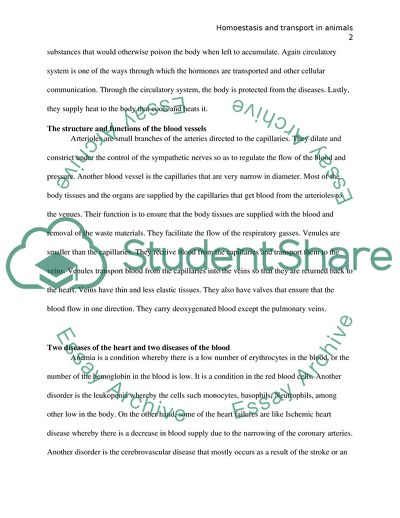Cite this document
(Homeostasis and Transport in Animals Essay Example | Topics and Well Written Essays - 3250 words, n.d.)
Homeostasis and Transport in Animals Essay Example | Topics and Well Written Essays - 3250 words. https://studentshare.org/biology/1881294-homeostasis-and-transpot
Homeostasis and Transport in Animals Essay Example | Topics and Well Written Essays - 3250 words. https://studentshare.org/biology/1881294-homeostasis-and-transpot
(Homeostasis and Transport in Animals Essay Example | Topics and Well Written Essays - 3250 Words)
Homeostasis and Transport in Animals Essay Example | Topics and Well Written Essays - 3250 Words. https://studentshare.org/biology/1881294-homeostasis-and-transpot.
Homeostasis and Transport in Animals Essay Example | Topics and Well Written Essays - 3250 Words. https://studentshare.org/biology/1881294-homeostasis-and-transpot.
“Homeostasis and Transport in Animals Essay Example | Topics and Well Written Essays - 3250 Words”. https://studentshare.org/biology/1881294-homeostasis-and-transpot.


